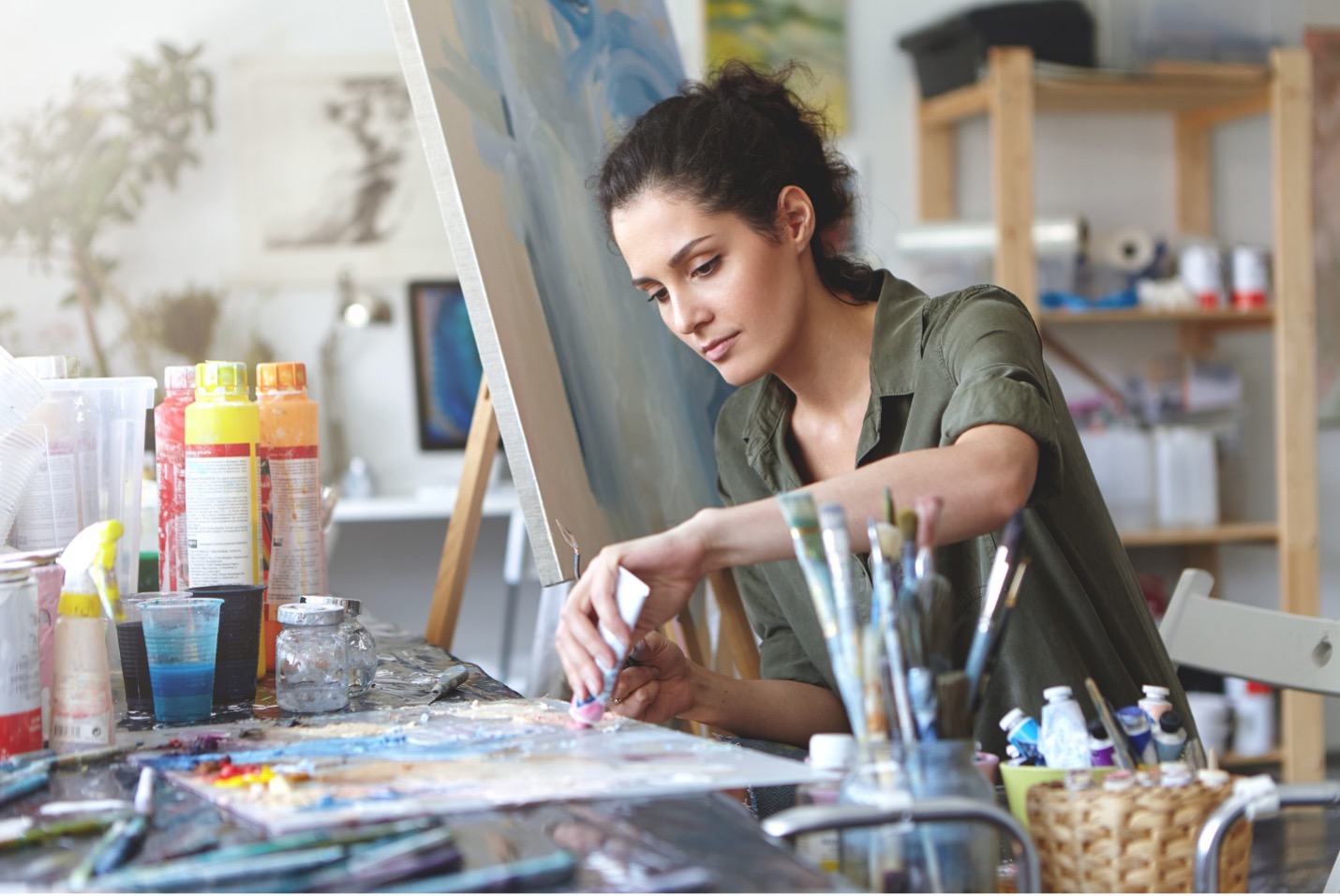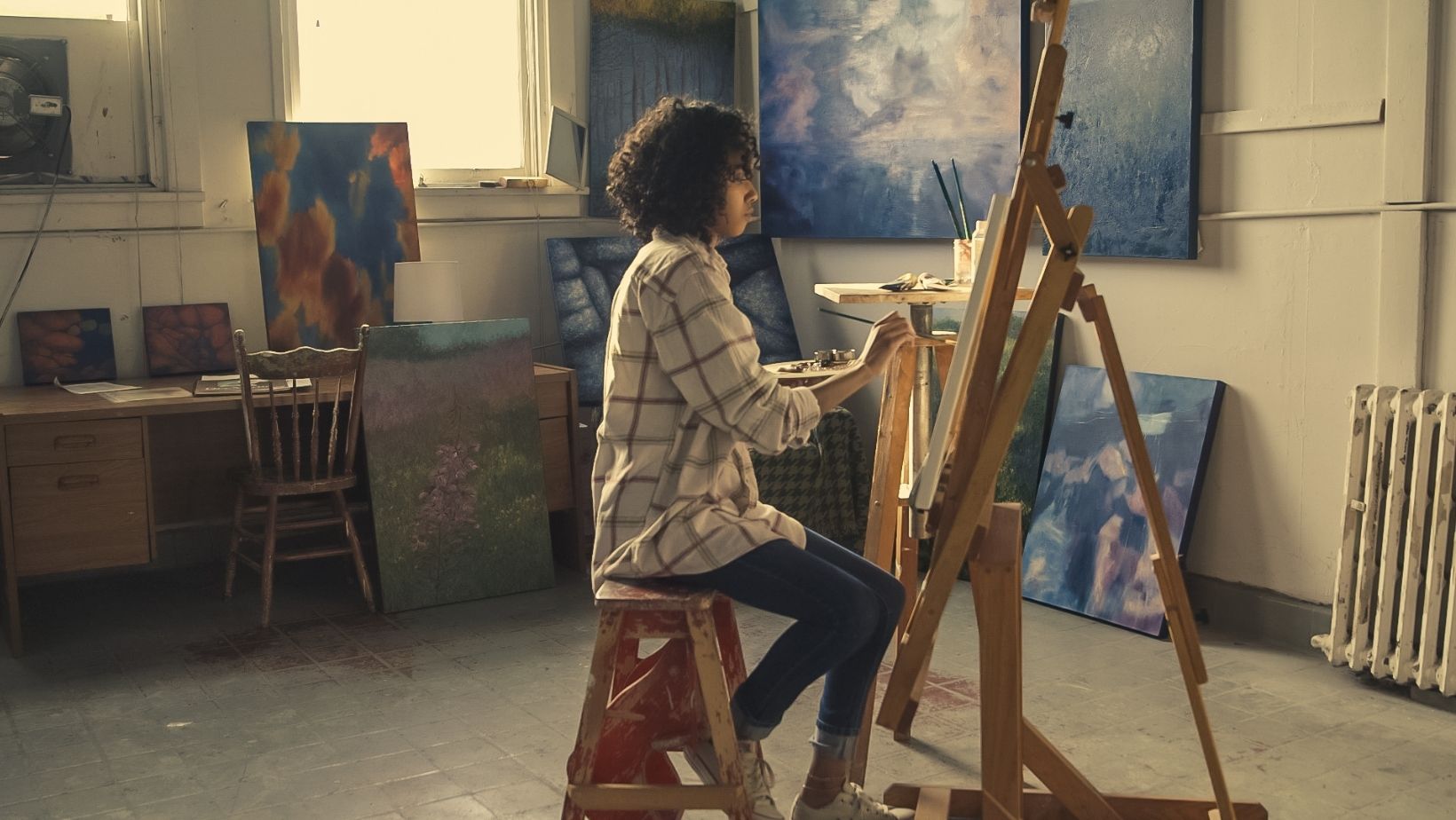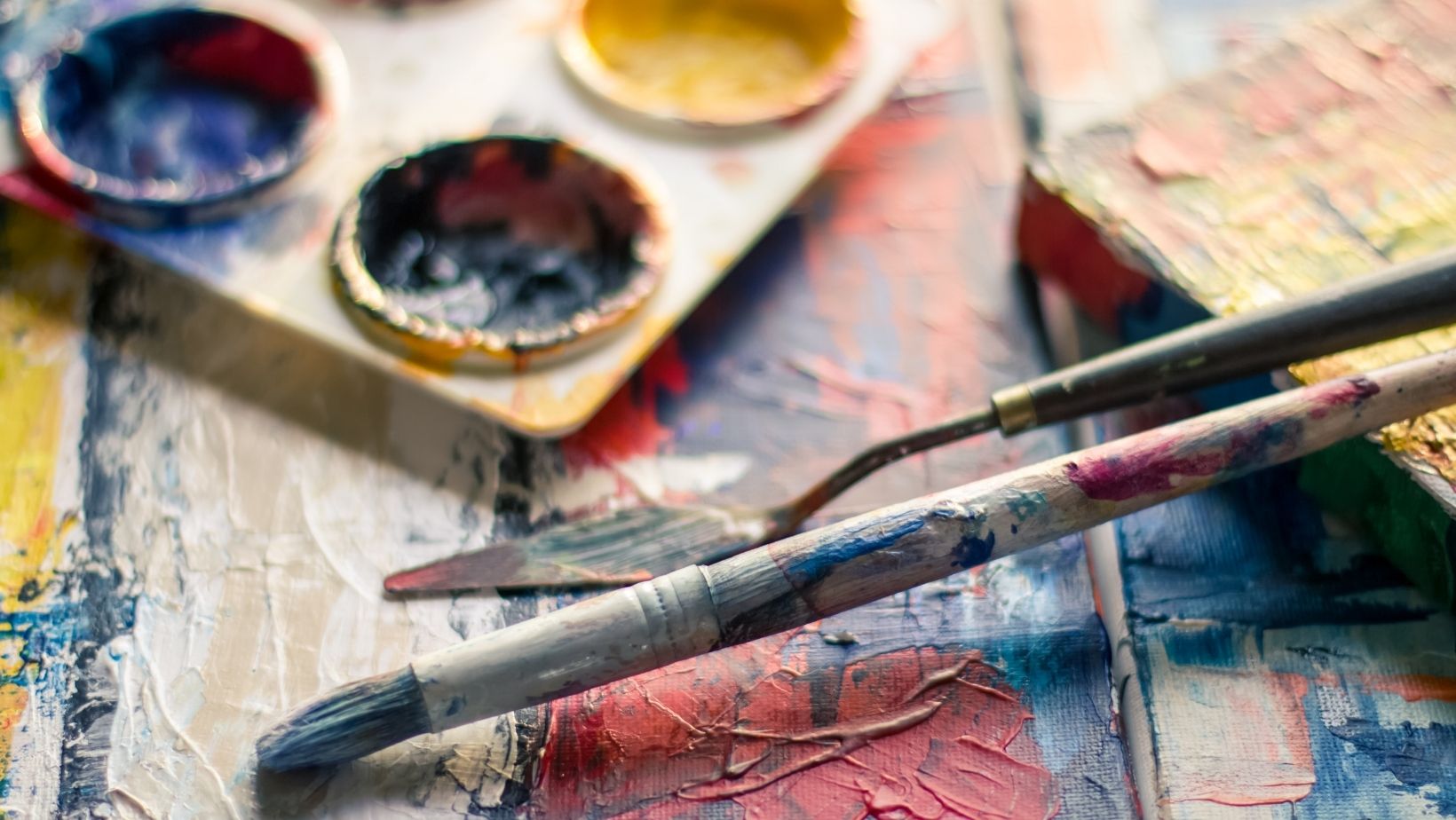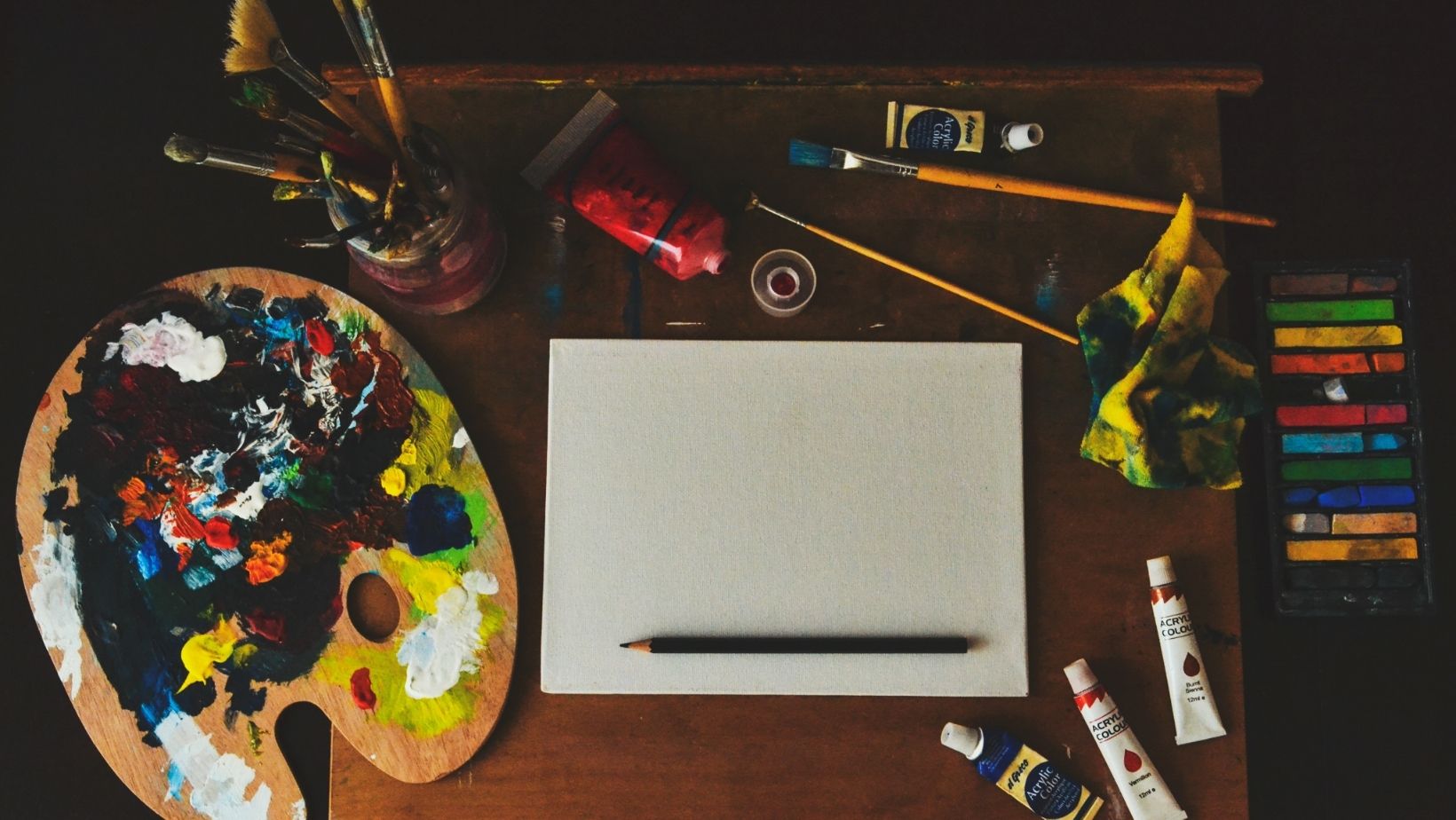How to Paint Abstract Art on Canvas

Hi, I am Betty Knight, Owner of this site! I…
How many times have you admired an abstract art painting and heard someone say, “Anyone could do that!”?
These are often the same people who dismiss Jackson Pollock’s artwork as haphazard splattered paint or Helen Frankenthaler’s paintings as random splodges of color. But, as you’ll know if you’ve ever tried to create your own abstract art, it’s a lot harder than it looks.
Unlike figurative art, abstract art defies rules and conventions. Instead of replicating reality, it allows you to decide how to paint abstract art on canvas in a way that best represents your reality.
Not sure where to start? Keep reading this abstract art painting guide for some key tips and suggestions got getting creative on canvas!
Bigger Isn’t Always Better
One of the most common mistakes that beginners make is thinking that it’s easier to paint abstract art on a canvas if it’s bigger.
Large canvases do offer more space to try out new things and get creative. But such a big expanse of white can feel a little intimidating when you’re first starting out. Not to mention, it can be tricky getting to the center of the canvas if it’s really huge!
A better idea is to start with a canvas measuring around 10″ x 12″. This way, you have enough space to experiment without feeling overwhelmed by an empty canvas.
Want to know some other common beginner painting mistakes? Click here to learn more!
Use a Reference Image
Learning how to paint abstract art doesn’t have to mean creating something from nothing. Many artists use a reference image as a starting point to fuel their creative juices. This could be a photo, a Pinterest image, or a work of art.
Your aim won’t be to copy and paste the image you see, though. Instead, the image could get you thinking about a feeling, a mood, or a place that then inspires your own work. Inspiration is all around you, so don’t be afraid to draw from images you see to help you get things going.

Include a Focal Point
When painting abstract art on canvas it’s important to lead the eye to a focal point. And, if you’re following the classic “rule of thirds”, this focal point should be a little off-center.
The focal point doesn’t have to be a recognizable shape or form. All you’re going for is something to draw the eye in and make your painting feel more satisfying to look at. It doesn’t have to be an obvious or large focal point either, as long as it helps the eye travel, it has fulfilled its purpose!
Turn Your Canvas to Check for Balance
It’s wrong to assume that no one can tell if abstract art paintings are upside down. If you have the balance right, it should be obvious to you and the viewer how the picture should hang.
One way to check that you’re on the right track is to turn your canvas as you paint. Doing so will make it easier to ensure that all the parts of the painting work together. But a balanced work will feel harmonious and intuitive, rather than equal or all the same.

Take It Past the Edges
Trying to keep the painting inside the edges can make it all feel a little contrived and perfect. While this is fine for figurative art, abstract art often makes use of the edges as much as the space between them.
With this in mind, don’t be afraid to let your image “run” off the side of the canvas. Suggesting that there’s something going on past the side of the painting is what keeps the viewer’s eye moving around the image. But rather than creating disharmony, this effect can keep people guessing and leave them wanting more.
Paint a Concept
Since most abstract art doesn’t have a recognizable subject, this can create the freedom to express non-visual concepts such as emotions, smells, or sounds.
A great way to get started with this is by channeling your feelings and letting them inform your painting. In the same way that putting pen to paper can be very cathartic, putting paint to canvas can help you make sense of difficult emotions
Of course, emotional painting doesn’t have to be all doom and gloom. For example, you might feel inspired to paint your happiness or the freedom you feel when you’re dancing. You might even consider painting the music itself, using the beat to drive your paintbrush.
But remember, whatever concept you choose, stick to it. Otherwise, your work could end up being chaotic and confusing!

Create a Canvas Conversation
The marks, lines, washes, and symbols you fill your work with turn the canvas into a conversation. To create a conversation that feels interesting enough for the viewer to want to listen, it helps to consider how your marks “talk” to each other.
No two people will hear the same conversation. But a canvas full of the same marks over and over can feel repetitive and one-sided for the viewer. Especially since it’s normal to fall into a pattern of favoring certain marks over others.
This is why it’s important to take a step back and listen to what your painting is saying. While you shouldn’t feel pressured into checking off certain boxes, including a selection of different marks will stop one voice from dominating the conversation.
How to Paint Abstract Art on Canvas
It’s common to doubt yourself and feel unsure about how to paint abstract art on canvas.
But, with these tips to guide you, you should feel confident enough to get your paints out and start creating your first abstract masterpiece!
Want more inspiring insights like this? Be sure to check out our other blog posts for all the latest on everything from cryptocurrency to home improvement!
What's Your Reaction?
Hi, I am Betty Knight, Owner of this site! I am a 'nearing 30-year-old', happily married to 1 awesome man. We live in the beautiful tourist town of Franklin NY.



